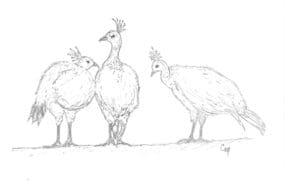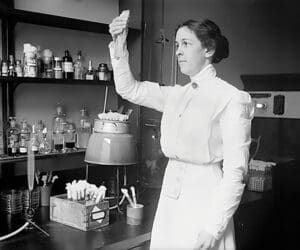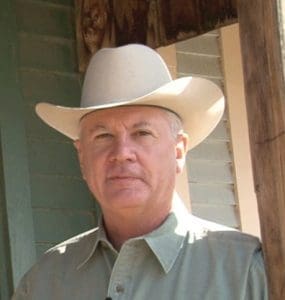By Larry Stalcup Contributing Editor
Last October, CALF News ran an article citing “it’s inconceivable” that the entire U.S. cattle industry could be idled overnight if fear-striking foot and mouth disease (FMD) was discovered in a single bull, cow or calf. FMD has already happened this year in Europe, alerting the world that the dreaded disease can strike at any time.
After FMD was discovered in Hungary this March and Germany in January, their beef industry sales were cut off to the United States., the United Kingdom and other countries. People who’ve been at or near the farms where FMD was detected couldn’t wear clothing they wore at the isolated locations when traveling to the U.S., UK and other countries for fear of spreading the disease.
“The recent FMD case in Hungary was rapidly detected and reported to trading partners through WOAH (World Organization of Animal Health),” says National Cattlemen’s Beef Association (NCBA) Chief Veterinarian Dr. Kathy Simmons. “Immediately upon notification, USDA acted to restrict certain animals and animal commodities from Hungary and adjacent Slovakia. The U.S. cattle herd remains safe and this incident is a reminder that foreign animal diseases pose a continued threat to the cattle industry.”
FMD lives in roughly two-thirds of the world. The virus is highly contagious to cloven-footed mammals and other animals. Humans cannot be infected, but they can carry the virus. Sure, Europe is halfway around the world. However, if one person passed through security wearing or carrying such garments when traveling to the U.S. from the Hungarian or German region, he or she could unknowingly spread FMD to a cattle operation.
Alarmingly, an animal accidentally or purposely infected with FMD could have a ripple affect. USDA could issue a 72-hour National Movement Standstill for the detection of FMD in domestic cattle and their germplasm, and other animals.
With cattle movement stalled, markets could be shattered. Along with producers and feeders, trucking, livestock product companies, sale barns, meat processors and other affiliated industries would be impacted.
Our beef industry must be prepared for even the minimal chance of an outbreak of FMD or another foreign animal disease. That means better transparency for all cattle. NCBA and many state cattle groups support U.S. CattleTrace to help oversee transparency. CattleTrace is industry-driven and managed by a producer board of directors to ensure data privacy and protection.
Callahan Grund, CattleTrace executive director, says the European FMD outbreaks illustrate the vulnerability of the cattle industry as a whole. “Our world is globally connected,” he says. “We can have 40 years of being protected from something, then have it pop up out of nowhere. Transparency is part of being proactive in being prepared for FMD, HMIA (bird flu that has infected dairies) or any threat or risk to the cattle industry.
“Large and small operations could be threatened by one FMD or other major disease outbreak. If we’re not prepared, we could start losing livelihoods, side incomes and rural communities as a whole.”
U.S. industry leaders are eying the latest FMD developments. “The industry should use this as a signal to reinvigorate our biosecurity measures,” says Texas Cattle Feeders Association CEO Ben Weinheimer. “It’s multifaceted with the protections we have in place.
“Border security remains extremely important. U.S. Customs should be diligent about questionnaires filled out by foreign visitors related to whether they have been on a farm or in contact with farm animals.”
“Anytime FMD pops up anywhere we better be paying attention and learn about its source and potential for transmission,” adds Clayton Huseman, Kansas Livestock Association Feedlot Division executive director.
Simmons says NCBA continues to work diligently to protect cattle health, support USDA’s National Animal Vaccine and Veterinary Countermeasures Bank “and ensure that cattle producers have the resources that they need to strengthen their own farm and ranch biosecurity.”
Just because FMD or animal-threatening disease is found across an ocean or continent, it doesn’t mean cattle from Texas and Montana or California to Florida cannot be impacted if biosecurity is not in place.
We need to learn more about how to establish additional transparency to our herds. It will take some planning, but it’s worth it. Visit uscattletrace.org and NCBA’s Secure Beef Supply site at ncba.org/producers/biosecurity-resources.





